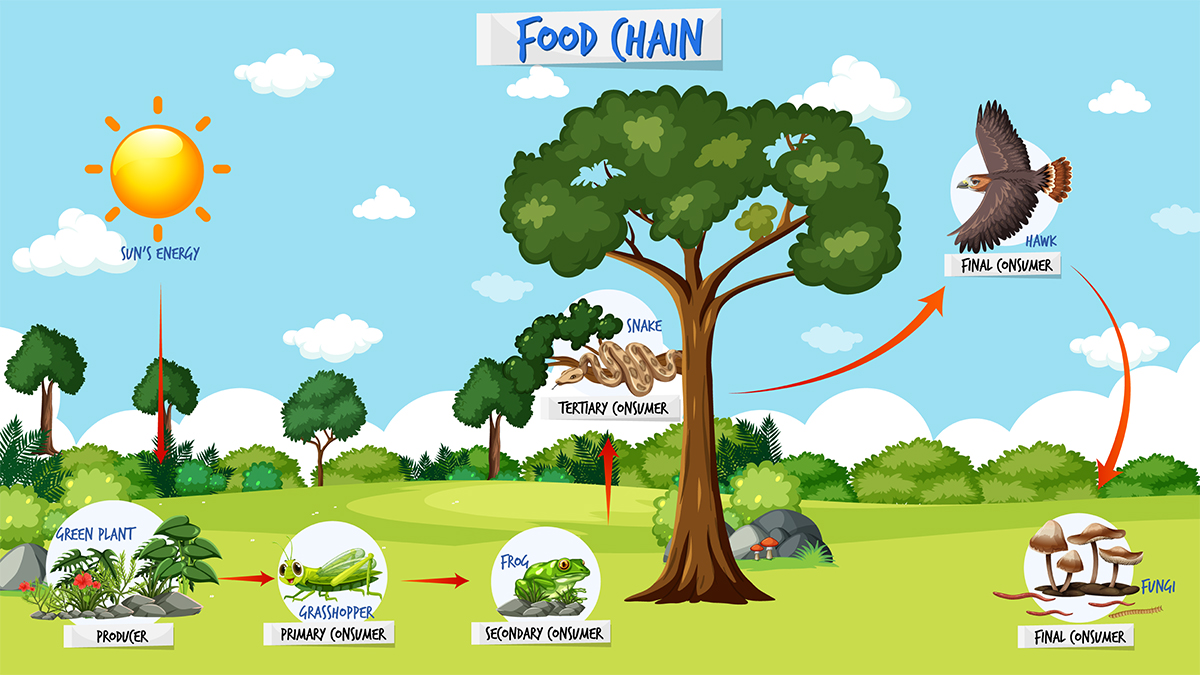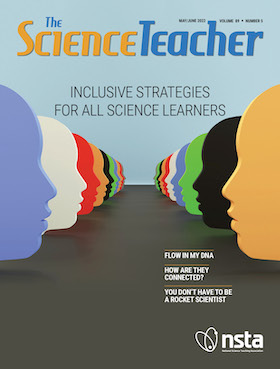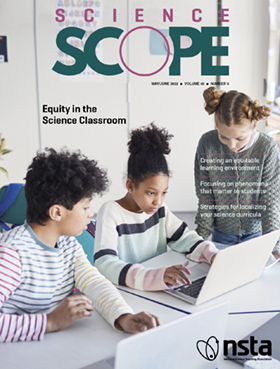Archive: Transforming Science Learning: Evaluating Lessons for Sensemaking Using the NSTA Sensemaking Tool, August 10, 2022
The NSTA Sensemaking Tool (adapted from the research-based NGSS Lesson Screener) is designed to help educators be critical consumers of curricular materials as well as create and/or revise science lessons to reflect the instructional shifts (sensemaking) required by new standards. Join us to gain experience using the tool and facilitating criteria-based consensus conversations with colleagues.
The NSTA Sensemaking Tool (adapted from the research-based NGSS Lesson Screener) is designed to help educators be critical consumers of curricular materials as well as create and/or revise science lessons to reflect the instructional shifts (sensemaking) required by new standards. Join us to gain experience using the tool and facilitating criteria-based consensus conversations with colleagues.
The NSTA Sensemaking Tool (adapted from the research-based NGSS Lesson Screener) is designed to help educators be critical consumers of curricular materials as well as create and/or revise science lessons to reflect the instructional shifts (sensemaking) required by new standards. Join us to gain experience using the tool and facilitating criteria-based consensus conversations with colleagues.
The NSTA Sensemaking Tool (adapted from the research-based NGSS Lesson Screener) is designed to help educators be critical consumers of curricular materials as well as create and/or revise science lessons to reflect the instructional shifts (sensemaking) required by new standards. Join us to gain experience using the tool and facilitating criteria-based consensus conversations with colleagues.





